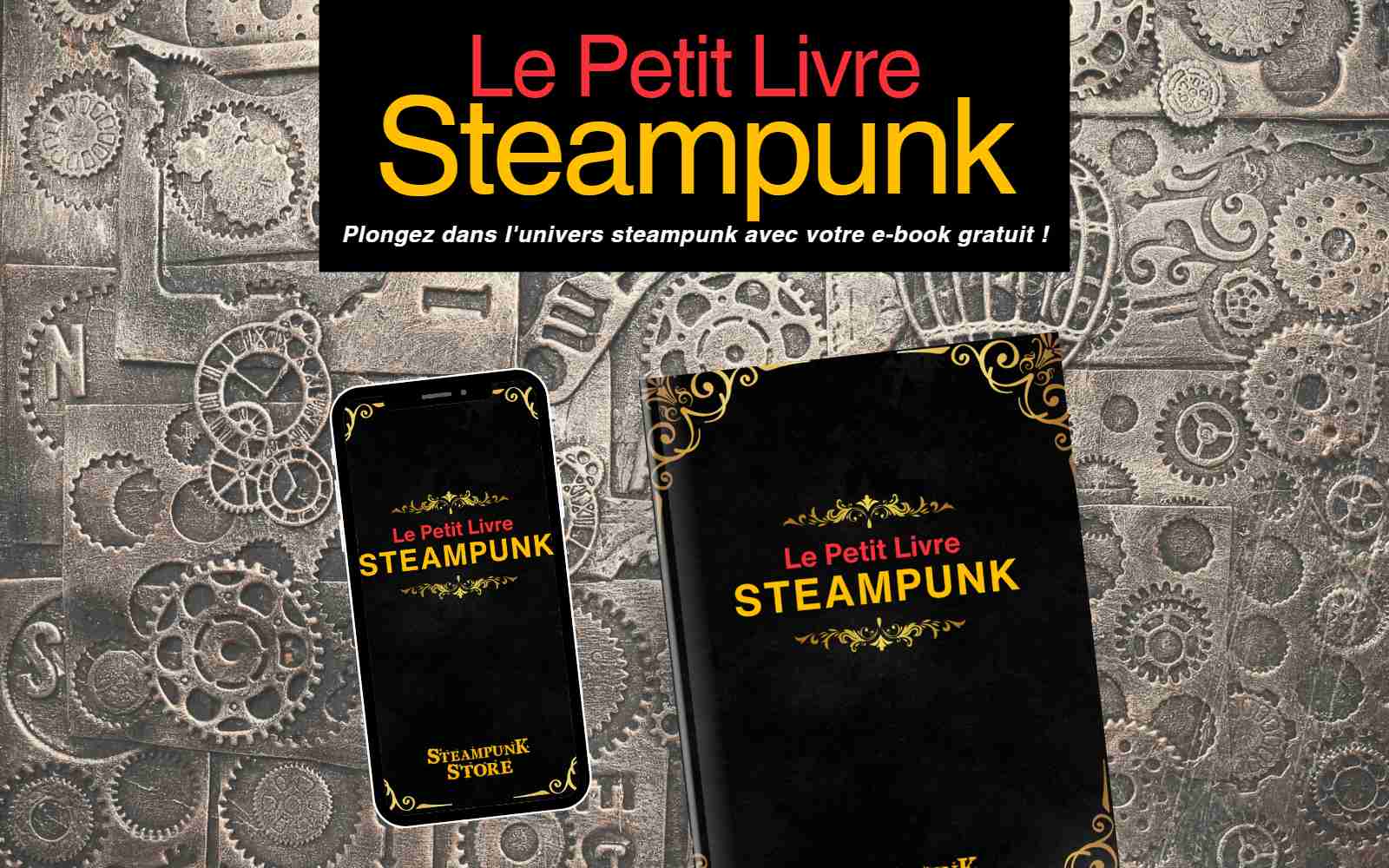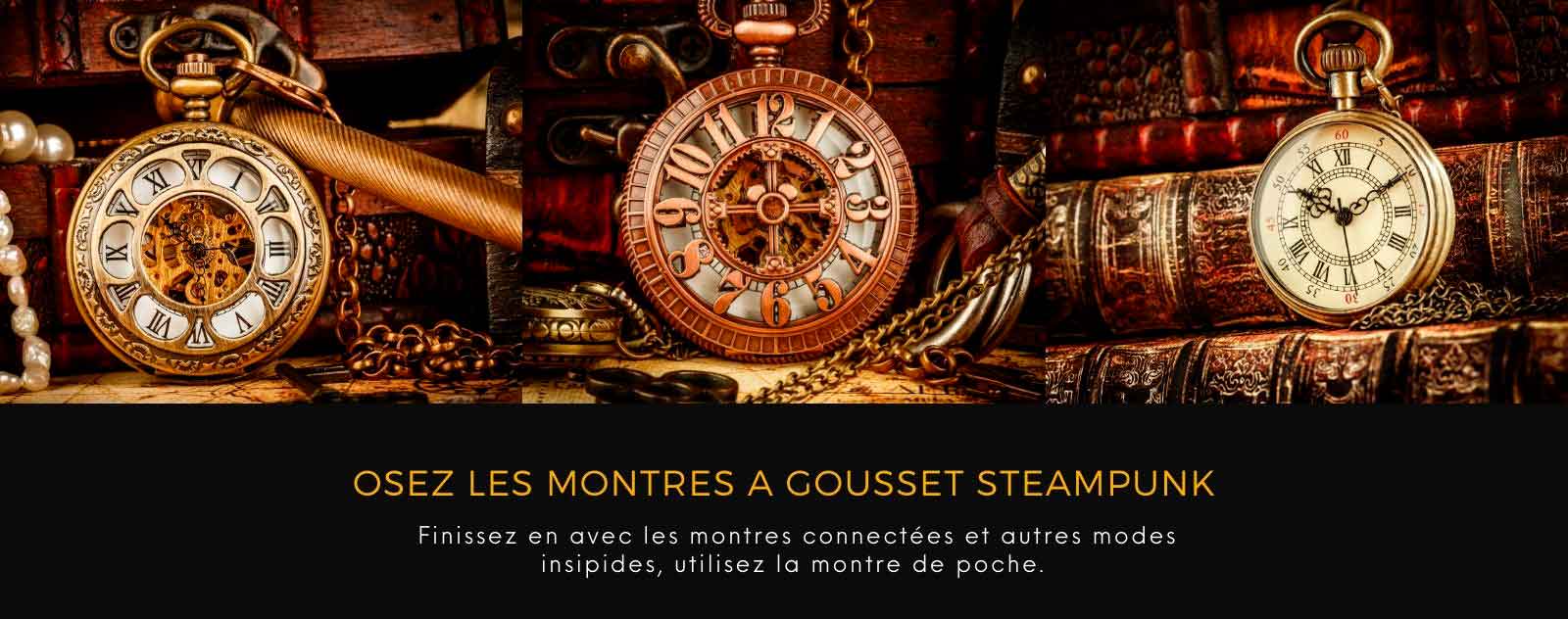
The Victorian era, like a perfectly calibrated chronometer, marks the ascension of Alexandrina Victoria of Kent, daughter of the Duke of Kent, who revolutionized the British monarchy with unprecedented sophistication. This extraordinary period witnessed Great Britain achieving spectacular advances in industry, science, and technology—veritable gears of our steampunk inspiration! Yet it also endured vicissitudes following the reign of Queen Victoria, culminating in the decline of the British Empire as a global superpower under George IV and William IV.
During Her Majesty's reign, from 1837 until her departure in January 1901, Great Britain functioned as an immense imperial mechanism extending across the entire Commonwealth. Queen Victoria served as Empress of India, her mechanisms of power dominating the oceans from her London throne, like a vast network of planetary gears orchestrating global influence!
Many associate this period with romanticism, elegance, and a bygone era reflecting the innocence of a time before the immense cultural upheaval of the twentieth century—precisely what nourishes our steampunk imagination!
Definition of the Victorian Era
The Victorian era (1837-1901) corresponds to the reign of Queen Victoria of the United Kingdom. This period is characterized by unprecedented industrial expansion, revolutionary technological innovations, and a distinctive aesthetic blending opulence with mechanical refinement. It is from this cultural matrix that the steampunk universe draws its fascinating uchronic narratives.
Victorian Era: The Golden Age of the United Kingdom
The Victorian era constitutes for the British nation a period of unprecedented economic power and technological development—the celebrated Industrial Revolution, the very matrix of our steampunk aesthetic! This transformation revolutionized British society under the impetus of Queen Victoria, making London the beating heart of a civilizational mechanism from which England launched itself toward modernity.
It was an epoch of great prosperity for numerous Britons, particularly for the middle classes and upper echelons of major cities, like a perfectly oiled social mechanism! English homes and gardens became symbols of this prosperity, adorned with marble fireplaces, wrought-iron balustrades, and decorative moldings—elements that today nourish our passion for Victorian-style decorations.
Yet despite this mechanical prosperity, the Victorian era was equally marked by significant social inequalities. The lower classes of the United Kingdom were often left behind, living in difficult conditions that led to social movements such as Chartism and the labor movement—these social tensions continue to fuel our darkest steampunk narratives!
Art and Culture of the United Kingdom During the Victorian Era
During this fascinating epoch, British visual art was characterized by a romantic and realistic style, reflecting the values and ideals of this mechanical age. Artists created works depicting daily life, celebrated personalities, and historical events with oil painting as the dominant artistic technique, though watercolor, pastel, and engraving were equally prized.
This period was sublimated by exceptional literature featuring classic authors like Charles Dickens or Conan Doyle with his Sherlock Holmes, and George Bernard Shaw for his theatrical works. For our steampunk genre, foundational novels were written by visionaries like Bram Stoker, H.G. Wells, Jules Verne, and Mary Shelley—veritable prophets of science fiction and spiritual ancestors of our movement!
Victorian Era Fashion Inspired by Queen Victoria
The fashion of this extraordinary era was influenced by Queen Victoria herself, a veritable mechanism of sartorial influence! Her Majesty was recognized as an icon of her time, and her personal style was often imitated by London women. She dictated trends—lighter and more colorful at the beginning of her reign, becoming more austere and gothic during her mourning period—this evolution continues to inspire our fascination with the gothic-steampunk blend!
-
Women wore garments like long dresses fitted with petticoats creating spectacular volume effects. They favored elegant dresses, corsets, and boots. Button boots, slip-on boots, and lace-up boots marked this era with their mechanical imprint!
-
Men, meanwhile, sported three-piece suits with long jackets and fitted trousers. The distinguished garments of dandies, such as the frock coat and top hats or bowler hats, were extremely popular. Accessories—bow ties, gloves, and scarves—added mechanical sophistication to every ensemble!
Industrial Revolution Inventions in the United Kingdom
But what makes the Victorian era truly unique, like a revolutionary clockwork mechanism, is the technological innovation that exploded during Victoria's reign! From the beginning, inventions like the telegraph, telephone, and steam engine revolutionized industry, transportation, and communications—elements that compose our steampunk visual alphabet today!
This Industrial Revolution allowed the United Kingdom's middle class to progress at an unprecedented pace. The labor movement and proletariat became central gears of this spectacular national transformation.
Steampunk: The Fantastical Version of the Victorian Era
In summary, the Victorian era, with its cutting-edge technologies like the railroad, constitutes the privileged period of the steampunk movement, like an inexhaustible wellspring of mechanical inspiration! Always on the menu: steam engines, gears, and mechanisms of every description... Inventions and technologies are revisited in our retro-futuristic universe—this is the very essence of our aesthetic!
The Pocket Watch: The Timeless Timekeeper
How Does Steampunk Draw Inspiration from the Victorian Era?
Jewelry of the Victorian Era

The most beautiful jewelry pieces are those that were either produced during the Victorian era or modeled after creations from this extraordinary period of British history—veritable mechanical gems of our heritage!
Victorian Era Jewelry Was Often Handcrafted
British artisans were commissioned to create brooches, rings, and necklaces, often ordered as gifts, reflecting an exceptional level of artisanal craftsmanship—this spirit of craftsmanship continues to inspire our DIY creations! Other jewelry was manufactured in factories using rudimentary techniques under the supervision of an experienced jeweler with the proletariat as workforce.

Victorian era jewelry was adorned with extraordinary mechanical richness, featuring numerous precious stones and complex settings. Mourning jewelry was highly fashionable, with cameo jewelry and creations using human or animal hair—this fascination with the macabre influences our gothic-steampunk aesthetic! Less fortunate Victorians used materials like glass and mother-of-pearl, creating pieces that remained elegant and decorative.
The distinctive style of Victorian jewelry, featuring abundant jet, diamonds, and coral, tends toward the heavy and elegant, giving an impression of mechanical wealth. Though somewhat dated to the modern eye, it remains highly popular, and numerous houses offer reproduction jewelry inspired by these authentic Victorian creations!
Choosing an 18th and 19th Century Dress?
With so many different styles, like a mechanism with multiple gears, it can be complex to decide what to wear! However, if you seek timeless elegance, you could scarcely choose better than an authentic Victorian Dress, my dear steam enthusiasts!
Named after Victoria, who reigned in the 19th century, this fashion is characterized by its long skirts, complex lace work, and high-collared bodices. While creating Victorian-inspired attire may seem to require a clockmaker's precision, the result is truly worthwhile! Add some mechanical elements or pair it with accessories like a Top Hat to make an impression like a perfectly regulated mechanism!
Victorian Boots

Victorian lace-up boots were particularly prized by women, and their unique style continues to fascinate us today, like a timeless mechanism! Authentic reproductions often use the same materials as originals, available from numerous suppliers. Some prefer artificial materials to leather, for reasons of cost or personal conviction—the steampunk spirit embraces all innovations!
Victorian Boots for Women Come in Two Main Styles
Low and high, with varied colors such as green, red, and white, though black and brown remain the most common hues. Laces typically run from the front, from foot to summit, and heels usually measure 2 to 3 inches, with a characteristic hourglass shape. The most distinctive feature remains that very pointed and narrow toe, which may require purchasing a larger size—a small sacrifice for mechanical beauty!
The Influence of Films Set in the Victorian Era
Victoria's reign period inspired numerous films that became classics—and probably nourished our steampunk imagination! The Victorian era was fascinating for its mechanical contrasts: on one side wealth and power, on the other poverty and misery, like a social mechanism with grinding gears.
The empire's elites lived in luxurious mansions while the poor crowded into dilapidated slums. These striking contrasts nourish our Victorian era films and inspire our steampunk universes rich in detail and social intrigue!
What Does 19th Century Furniture Look Like During Queen Victoria's Reign?
These pieces can include reproductions inspired by British middle class furniture, as well as restored antiques. Authentic Victorian furniture can be extremely valuable to collectors, with some late-century pieces displayed in museums for their historical importance!
All Victorian furniture, reproductions or authentic antiques, features popular elements from the 1800s—these styles, produced under Victoria's reign, were mass-distributed. Other pieces, hand-designed and sold locally, adorned the homes of wealthy Americans enamored with Victorian refinement.

Victorian UK Furnishings Feature Complex Sculptures and Motifs
Several wooden pieces were hand-carved with natural motifs, veritable artisanal marvels! At the turn of the century, innovations like engraving tools created remarkable works. One of the most popular Victorian furniture pieces was the rocking chair, perfected for enhanced functionality—the ultimate comfort mechanism!
Victorian furniture utilized various materials, with wood dominating. Walnut and mahogany were favored essences. Fabrics—jacquard, leather, or velvet—added their tactile richness to these mechanical daily creations.
Creating Steampunk Furniture Straight from the Industrial Revolution
For a more steampunk style, we opt for an industrial look derived from automobiles or other means of locomotion! Old tools are repurposed and reimagined, particularly for lamps or everyday objects. Steampunk creators favor ancient techniques like riveting or plating for this explosive vintage look!
Copper colors and metals associated with the Victorian era take priority. One must create the illusion of functionality in these fantastic furniture pieces from a Jules Verne novel—veritable domestic machines from an alternative future!
The History of Victorian Architecture and Houses

Behold the Victorian Style House, architectural marvel declined in different models in cities like London! This style born in 1840 in the United Kingdom withstood the test of time, a perfectly conceived architectural mechanism. These homes, generally large and two-storied, share various common details—elements that inspire our contemporary Victorian architecture!
This architecture was popular between 1840 and 1900, though numerous houses were subsequently built in this style. Most constructions were imposing, primarily because materials were more accessible than in the 19th century. The introduction of the railroad enabled rapid material transport, with traditional wood gradually replaced by brick—opening the way to more complex architecture, like a revolutionary constructive mechanism!

Common characteristics include a large wraparound porch with decorative railings, oversized sash windows above the entrance door, and decorative painted roofs. Turrets, stained glass in windows and doors, plus a high and steep roof constitute recurring elements of these mechanical dwellings!
History of UK Interior Decoration Under Queen Victoria
The Victorian era marked enormous innovations in British society and interior decoration, like a revolutionary decorative mechanism! Many consider this epoch very romantic, drawing heavily from Victorian aesthetics for their homes—from authentic Victorian houses maintained in period style to modern homes with Victorian-inspired decoration.

One major development was industry, which profoundly impacted interior decoration. Before mass production, every decorative element was handmade—only the wealthy could afford opulent arrangements with wallpaper! With mechanization, the middle class could afford objects traditionally reserved for elites, like our precious clocks and decorative statues!
Authentic Victorian interior decoration was dense, sumptuous, and ornate—almost overwhelming by our modern standards! It's fascinating to browse and visit specialized shops to discover these gems: posters, clocks, and period objects that fuel our decorative passion.
Though Queen Victoria was perceived as rigid, she loved rich colors and textures! Victorian houses often featured bold and brilliant patterns—flocked, embossed, velvety. Furnishings used vibrant colors and rich textures, with decoration featuring gilding, ornate sculptures, and sumptuous touches, like a complex decorative mechanism!
With electricity absent during much of the Victorian era, rooms abounded with candles and lamps providing low, warm light. Victorian interiors tended toward the comfortable and warm, with luxuriant carpets for the fortunate and painted sheets for others. Indoor plants in ornate pots, sculptures, and paintings completed this decorative machinery!
Some Victorian decors incorporated Asian-inspired pieces like screens, due to the Chinese fashion of the 1850s. Partners with colonized countries—Victoria was Empress of India—imports to London were considerable!
Victorian era houses with faithful decoration may seem excessive today. Most draw from Victorian influences by selecting typical colors on walls, matching with varied Victorian furniture, but avoiding the clutter of authentic Victorian houses—perfect balance for our modern steampunk aesthetic!
Thus, Steamers, Victorian Era Inspiration in Steampunk is Omnipresent and Inseparable
There are numerous examples I couldn't address to avoid an indigestible tome—we'll tackle missing aspects in future articles on Alexandrina Victoria of Kent and figures of the Victorian era! Until soon for new content in the fascinating steampunk universe, my dear chrononauts!
For remember, in our steampunk universe, we don't merely admire the Victorian era: we reinvent it as a temporal mechanism allowing us to explore alternative futures where steam still reigns supreme! Explore our women's steampunk clothing collection and our steampunk accessories to create your own synthesis between Victorian past and mechanical future!
Sources and References
- Historical archives of Queen Victoria's reign (1837-1901)
- Documentation on the British Industrial Revolution
- Studies on Victorian art and culture
- Analyses of Victorian influence on the steampunk movement
- Museum collections of Victorian objects and furniture
Eugenie Vaporette
Curator-consultant in steampunk aesthetics
Graduate in Victorian technology history











